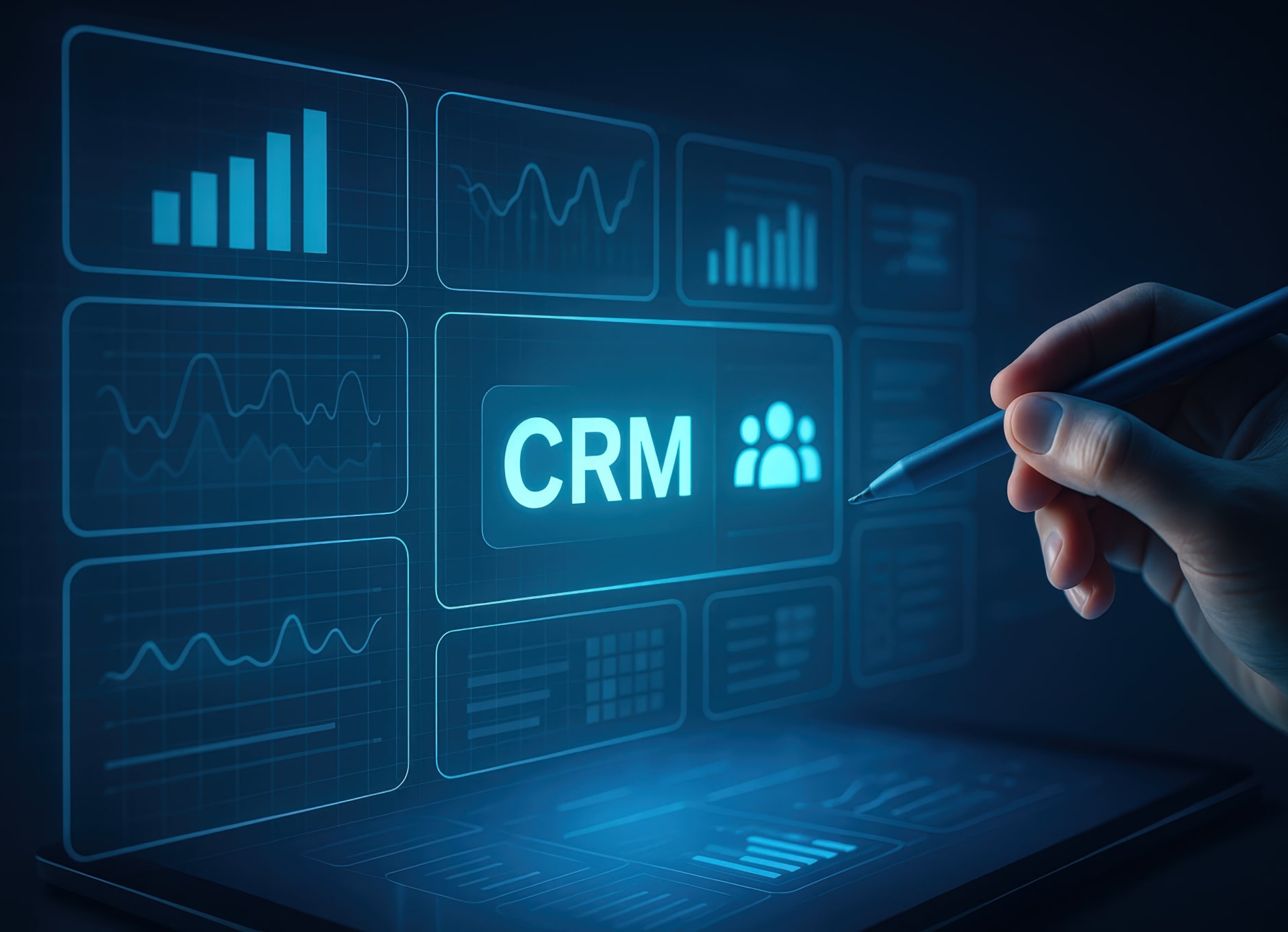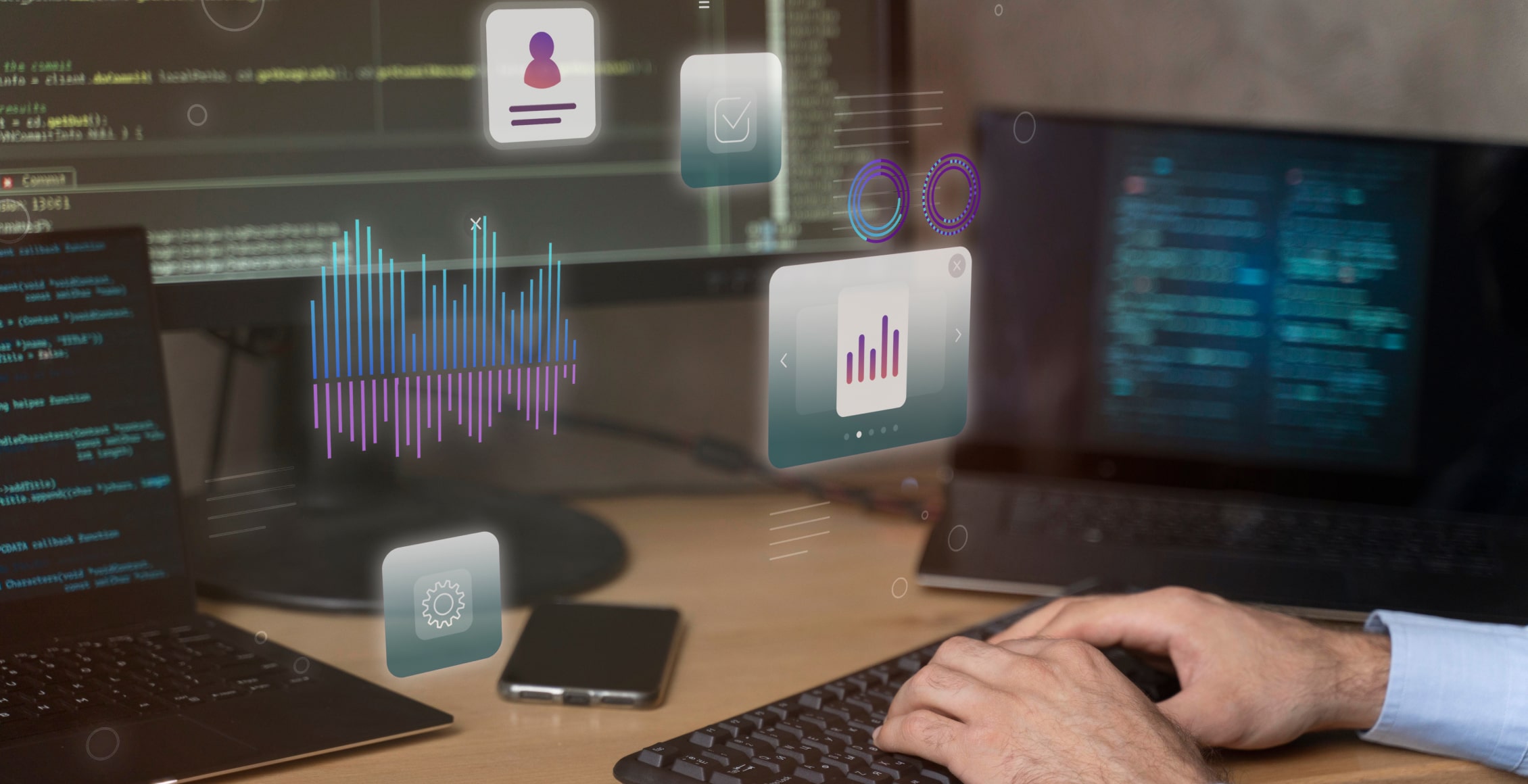CRM in 2026: From Customer Management to Experience Orchestration
Discover how CRM is transforming in 2026 — from traditional customer management to intelligent experience orchestration. Learn the trends, technologies, and strategies shaping the future of customer engagement.
In 2026, CRM is no longer just a system for storing customer information — it has evolved into the central engine powering personalized, real-time experiences across every touchpoint. As AI becomes more sophisticated and customer expectations reach new heights, businesses are shifting from traditional “management” to full-scale experience orchestration. This new era demands more than tracking interactions; it requires anticipating needs, guiding journeys, and delivering seamless engagement that feels effortless and deeply relevant. The companies that embrace this transformation will define the next generation of customer loyalty and growth.

The Shift From Management to Orchestration
For many years, CRM platforms were designed mainly to manage customer information — storing contact details, logging conversations, tracking support issues, and keeping internal teams aligned. While this approach helped maintain order, it often reduced customer relationships to a series of static records.
In 2026, CRM has evolved into something far more dynamic. Modern systems now orchestrate experiences across channels, using real-time insights to anticipate needs and guide customers through every stage of their journey.
Here’s what defines the shift:
- From passive record-keeping to active engagement: CRMs now respond to customer behavior as it happens.
- From isolated interactions to connected journeys: Marketing, sales, service, and product data work together to deliver a unified experience.
- From reactive support to proactive guidance: Systems can detect friction early and trigger timely, personalized interventions.
Orchestration is about more than automation — it’s about creating interactions that feel natural, relevant, and supportive. Instead of merely handling customer requests, businesses can shape experiences that flow smoothly from one moment to the next. This evolution allows companies to build stronger relationships and meet rising expectations with consistency and clarity.
Key Drivers Behind the 2026 CRM Transformation
The landscape of customer relationship management is shifting rapidly, driven by several pivotal forces that are reshaping how businesses engage with their audiences. Understanding these drivers is crucial for any organization aiming to stay ahead.
Hyper-Personalization at Scale
Customer expectations have evolved: individuals now demand tailored experiences in real time. In response, CRM systems like Germius are embedding advanced analytics and machine learning to segment behavior dynamically, adjust messaging on the fly, and serve relevant offers when they matter most. This enables companies to address each person as an individual, not a group.
Unified Data and Customer Profiles
Today’s customers interact through multiple channels (web, mobile app, in-store, social) and with myriad systems behind the scenes. To orchestrate experiences effectively, CRM platforms must integrate disparate sources of truth: purchase histories, support records, digital behavior, payment data, and more. That unified profile becomes the foundation for coordinated journeys.
Rising Regulatory and Privacy Pressures
Data privacy and governance have moved to the front of the agenda. With regulations tightening worldwide and customers taking notice, companies must build CRM systems that are consent-aware, transparent in usage, and built with privacy by design. This shift compels organizations to rethink data collection, storage, and activation strategies.
Outcome-Based Business Models
More firms are tethering success to ongoing outcomes, such as subscription retention, usage growth, or lifetime value, rather than one-time transactions. CRM systems in 2026 must align with these models by tracking meaningful signals, predicting churn or expansion opportunities, and surfacing actions that drive long-term value instead of just short-term wins.

Core Technologies Powering CRM in 2026
Behind the evolution of CRM into a true experience-orchestration engine lies a powerful stack of technologies designed to unify data, strengthen decision-making, and create seamless interactions. These innovations allow businesses to move beyond basic record management and deliver customer journeys that feel fluid, intelligent, and personalized.
-
Advanced AI and machine learning.
AI sits at the heart of modern CRM systems. In 2026, machine learning models analyze customer behavior in real time, uncover patterns, and predict what each person may need next. From intent detection to churn forecasting, AI allows businesses to act proactively rather than reactively. This intelligence powers more accurate recommendations, smarter automation, and tailored engagement across every channel. -
Real-time decisioning engines.
Traditional CRM workflows often rely on predefined rules, but today’s systems use real-time decisioning to adjust interactions as circumstances change. These engines evaluate context, such as browsing behavior, service history, risk signals, or recent purchases, to determine the best next step. Whether it’s sending a personalized message, initiating support, or adjusting an offer, decisions happen instantly and at scale. -
Unified integrations and API-driven ecosystems.
Modern CRM platforms no longer operate in isolation. API-first architectures allow them to connect with marketing tools, support systems, billing platforms, payment processors, and even product usage data. This interconnected environment ensures that every department sees the same customer picture, enabling coordinated actions instead of siloed interactions. No-code and low-code connectors make these integrations faster and more accessible. -
Embedded payments and revenue intelligence.
In 2026, CRMs often include built-in payment capabilities or direct integrations with billing and risk systems. This connection allows companies to monitor revenue patterns, detect early signs of churn or payment failure, and personalize engagement based on billing health. By connecting financial signals with customer behavior, CRM platforms become powerful tools for improving retention and preventing revenue leakage. -
Conversational and multimodal interfaces.
Customer engagement increasingly happens through chat, voice, and AI-driven assistants. Modern CRM technologies support natural language interactions, enabling automated service flows, conversational commerce, and voice-based guidance. These interfaces make experiences more intuitive and reduce friction for customers seeking quick answers or support.
Together, these technologies redefine what CRM can achieve. By combining intelligence, connectivity, and real-time responsiveness, they empower businesses to deliver experiences that feel cohesive, contextual, and consistently aligned with customer needs.
2026: What CRM Platforms Now Enable
By 2026, CRM platforms will have moved far beyond their original purpose of storing customer details. They now function as intelligent experience hubs capable of guiding interactions, predicting behavior, and ensuring customers receive the right support at the right moment. Modern CRMs blend analytics, automation, AI, and seamless integrations to empower businesses in ways that were impossible just a few years ago.
- Predictive and proactive support.
Instead of waiting for a customer to report an issue, CRMs can identify early warning signs, such as reduced activity, failed payments, or repeated browsing of help pages, and trigger timely interventions. This shift transforms customer service from reactive problem-solving to proactive care. - Real-time journey personalization.
Current CRM systems adjust customer journeys on the fly. As individuals move through websites, apps, or service channels, the platform can modify recommendations, messaging, or offers in real time. This dynamic approach ensures each person experiences a path tailored to their intentions and preferences. - Multichannel and conversational experiences.
CRMs in 2026 support smooth interactions across chatbots, voice assistants, email, in-app messaging, and even social platforms. Customers can switch channels without losing context, creating a consistent experience no matter where the conversation begins. - Intelligent automation for every team.
Automation is no longer limited to marketing campaigns or sales reminders. Modern CRMs coordinate workflows across departments — managing follow-ups, assigning tasks, initiating billing actions, triggering support flows, or sending personalized product tips based on usage patterns. This reduces manual work and keeps teams aligned. - Embedded insights for revenue growth.
Businesses can now tie customer behavior directly to revenue signals. CRMs track trends like churn risk, upsell readiness, lifecycle value, product usage, and payment health. With these insights, teams can make smarter decisions, design better retention strategies, and improve overall performance.
CRM in 2026 enables companies to build relationships that feel meaningful, intuitive, and consistent across every touchpoint. This enhanced capability turns the CRM into the central engine powering modern customer experiences — and a crucial driver of long-term growth.
Conclusion
As CRM enters 2026, the shift from customer management to full experience orchestration is no longer optional — it’s the new competitive standard. Organizations that embrace unified data, predictive intelligence, and real-time decisioning will be able to deliver customer journeys that feel personalized, intuitive, and genuinely helpful. This evolution transforms CRM from a static repository into a dynamic experience engine, aligning business goals with customer expectations at every moment. Those who invest now in smarter systems, integrated ecosystems, and AI-driven insights will be best positioned to build deeper loyalty, reduce friction, and create the kind of seamless, human-centered experiences that define modern success.


